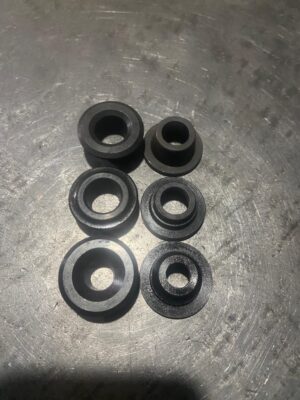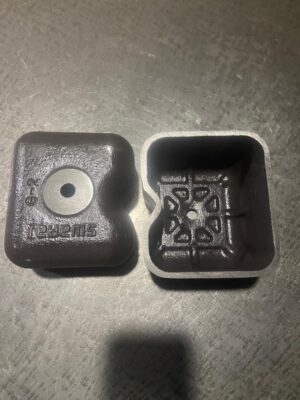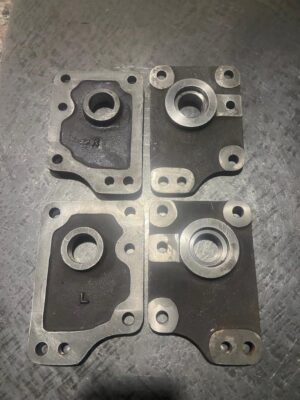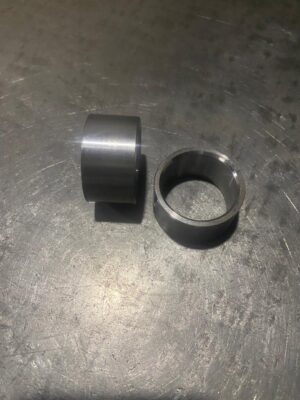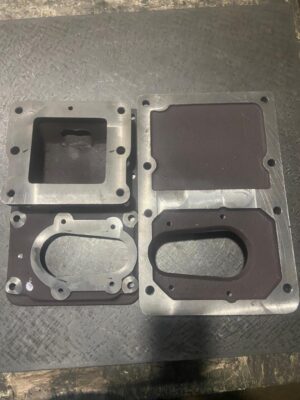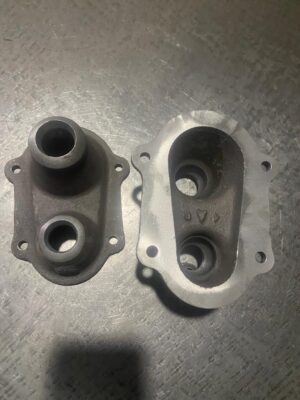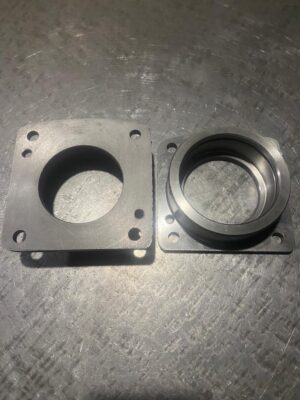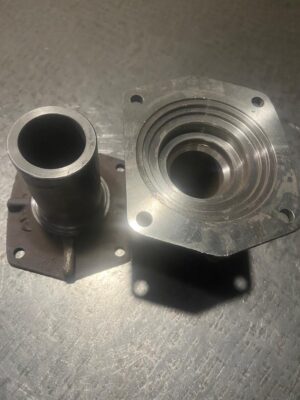Seal Hub
A seal hub is a component used in various mechanical systems to provide a sealing surface and secure a seal in place. It is commonly found in applications such as automotive, industrial machinery, and hydraulic systems. The main function of a seal hub is to house and support a seal, creating a barrier that prevents […]
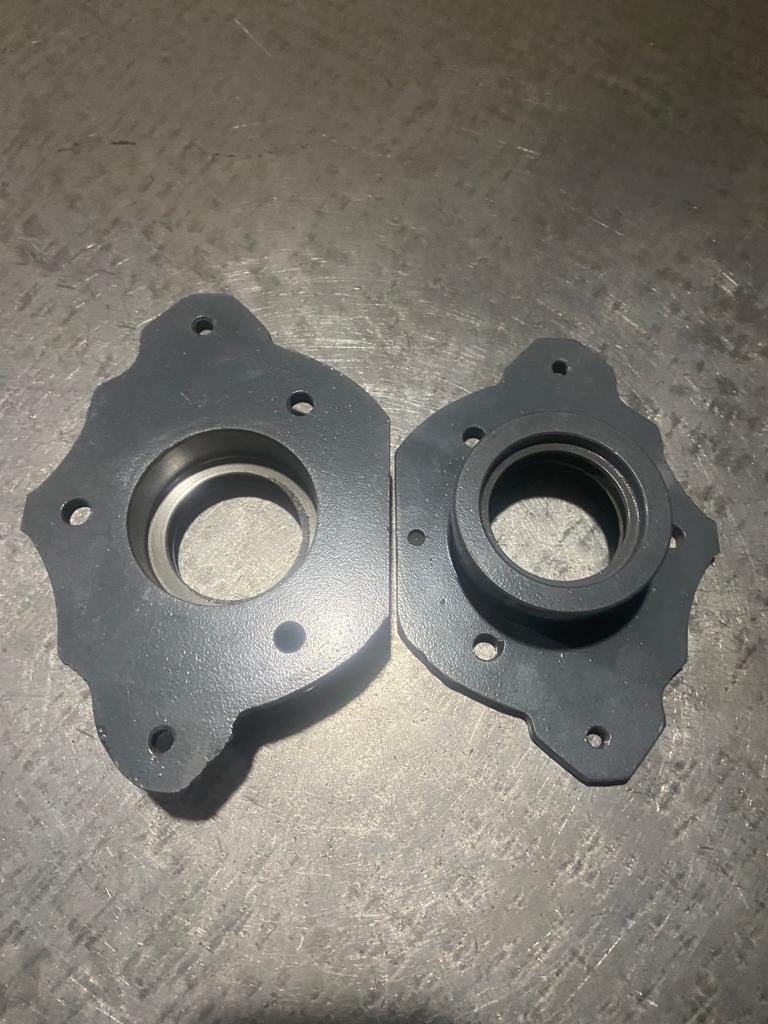
A seal hub is a component used in various mechanical systems to provide a sealing surface and secure a seal in place. It is commonly found in applications such as automotive, industrial machinery, and hydraulic systems.
The main function of a seal hub is to house and support a seal, creating a barrier that prevents the leakage of fluids or contaminants. It typically consists of a cylindrical or disc-shaped structure with a specially designed surface that interfaces with the seal.
The seal hub is often made of materials such as metal or plastic, chosen for their durability and compatibility with the operating conditions of the system. It is precisely machined to ensure a proper fit and alignment with the seal, minimizing the risk of leakage.
The seal hub provides a secure mounting point for the seal, ensuring that it remains in position during operation. It also helps distribute loads evenly across the seal, maintaining its effectiveness and extending its lifespan.
In applications where the seal hub is subjected to rotating or reciprocating motion, it may incorporate features such as grooves or channels for lubrication, reducing friction and wear on the seal. The hub may also have additional features, such as flanges or mounting holes, for easy installation and attachment to the surrounding structure.
Seal hubs can be found in a variety of systems, including engines, gearboxes, pumps, and hydraulic cylinders. Their presence ensures proper sealing and helps maintain the integrity and performance of the system by preventing fluid leakage and contamination.
In summary, a seal hub is a component that provides a secure mounting and sealing surface for a seal in mechanical systems. It plays a crucial role in preventing fluid leakage and contamination, contributing to the efficiency and reliability of the overall system.

